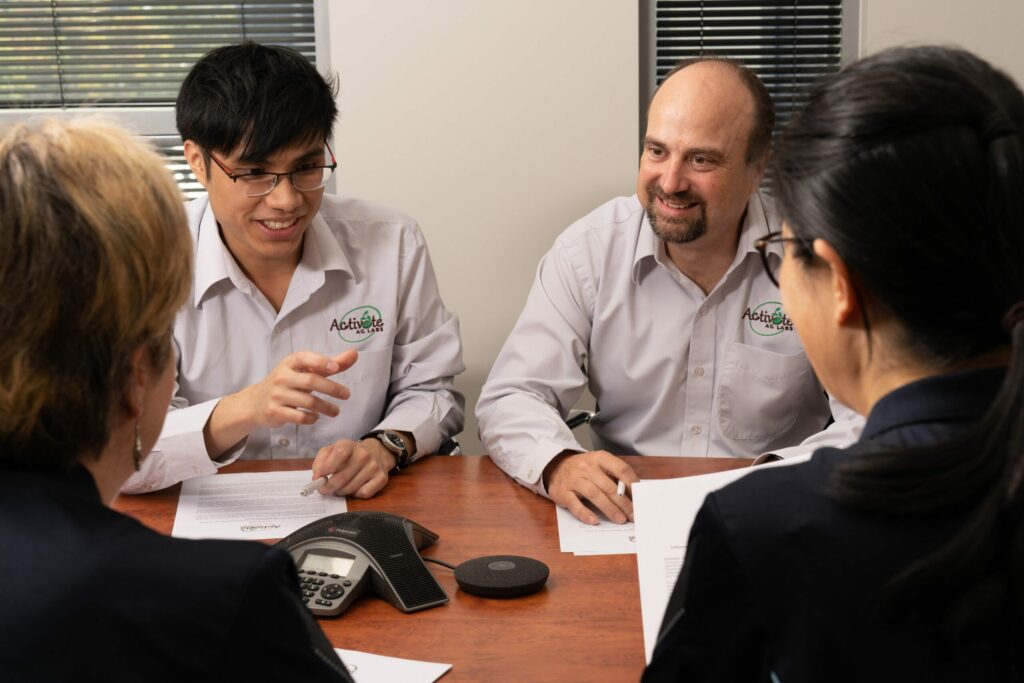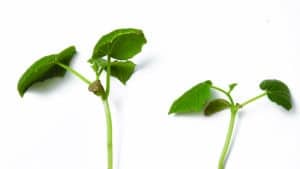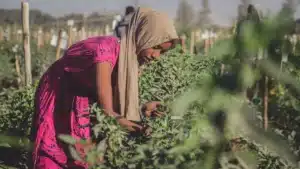We’re currently just on the leading edge of biostimulant research and roll-out. I, for one, am extremely excited about what the future holds for biostimulants product development. I truly think they are a big and necessary step for agriculture. However, much remains still to be written about biostimulants’ regulatory future.
Our industry right now thinks from a very multinational point of view: essentially, the goal is to develop products that can be sold over the world. An alternative to that, perhaps a beneficial alternative, is a regional approach, where worldwide there are lots of products that are similar, but specific to the countries or regions they are sourced from and serve.
We’re already seeing many countries working to identify local biostimulants that already exist in a space rather than introducing those sourced elsewhere. At this point, the desire to source local appears mostly risk aversion. While I don’t think there’s measurable risk in introduced biostimulants the way there can be when introducing living species, I do think the move towards locally-sourced brings other benefits.
If we learned anything from COVID, it’s that the supply chains we depend upon aren’t nearly as certain as we might have thought. Disruptions can come in many forms, from a pandemic like we experienced, to a war, a natural disaster, or other unrest. In the agri-chemical realm, having source materials that are only available in one or two locations, often at great distance, can really impede product manufacturing and, ultimately, availability to farmers. I think it’s a good thing that the pandemic helped us all recognize the importance of being a little more self sufficient.
Admittedly, the companies that provide to most of the market won’t be happy to see their multi-market reach limited. Even for us, a shift towards regionalization could make research more complicated and regulatory approval much more time consuming. On the other hand, products produced locally are often impeded by fewer regulatory hurdles, and certainly burdened with significantly less tax.
Currently, it seems each country is managing biostimulants’ regulation somewhat differently, which makes navigating these regulatory waters particularly challenging. Some countries are classifying biostimulants as fertilizers; some countries are saying biostimulants need their own classification; still other countries are saying they don’t yet know how to classify them For now, it’s a bit of a mess and a lot of muddied waters. One thing is almost certain: expect more regulation as biostimulants become more mainstream.
That, too, is a double-edged sword. On the one hand, regulation does force quality and efficacy standards, which will weed out some of the snake oils currently on the market. On the other hand, regulation can slow and sometimes even stall progress. Regulation also makes it harder for smaller innovators and start-ups to compete, which will impact both the number of products brought to market and the overall scientific knowledge pool working in this sector. And regulation will increase costs. While I wholeheartedly support holding biostimulants, like all agricultural inputs, to high standards, biostimulants are so important to agriculture’s future that my fingers are crossed regulators don’t raise standards to levels that make innovation and momentum unnecessarily challenging.









